The Largest-Eyed Animal in the World Has Everything To See
At Everything To Sea, we believe the sea isn’t just a place—it’s a stage, a mystery, a mirror, and sometimes, a really, really dramatic drag show. Every time we slip beneath the surface, we’re reminded that the ocean doesn’t just house life—it throws a full-blown technicolor parade of it. And in the tropical waters of Komodo, few marine performers are as flashy, flirty, and downright fabulous as the squids. But as we recently learned, their deep-sea relatives are putting on a very different kind of show—one that’s darker, rarer, and a little bit… colossal.
Snorkeling is like stepping into a real-life screensaver—except the colors are more vivid, the creatures more theatrical, and the water a balmy embrace that makes you forget whatever deadlines you left back on shore. Among the cast of underwater characters, one group always manages to steal the spotlight in the Komodo Islands: Squids.
In this part of The Coral Triangle, we can see the species known as Reef Squids. These little guys are equal parts alien and fabulous. Bigfin reef squids, with their glowing skin and constant costume changes, hover and flutter like they’re auditioning for RuPaul’s Deep Sea Drag Race. They’re social, stylish – and wildly expressive for animals with no eyebrows. And while they max out at about the size of your forearm, their personalities are anything but small.

But here’s where it gets squidiculous: these flamboyant little squishies are actually distant cousins of the largest-eyed creatures in the entire animal kingdom—the elusive (and frankly, terrifying) Colossal Squid.
On April 15, 2025, marine researchers made history when they captured the first-ever footage of a live colossal squid in its natural habitat. This wasn’t an ancient myth or some half-eaten tentacle washed up on shore. It was a crystal-clear video of a juvenile, roughly a foot long, drifting eerily through the cold black waters near the South Sandwich Islands (800 miles east of the southern tip of South America). Its skin shimmered with blues and rust-reds, and its body moved with a kind of slow, deliberate grace that whispered: I will grow into your nightmares.
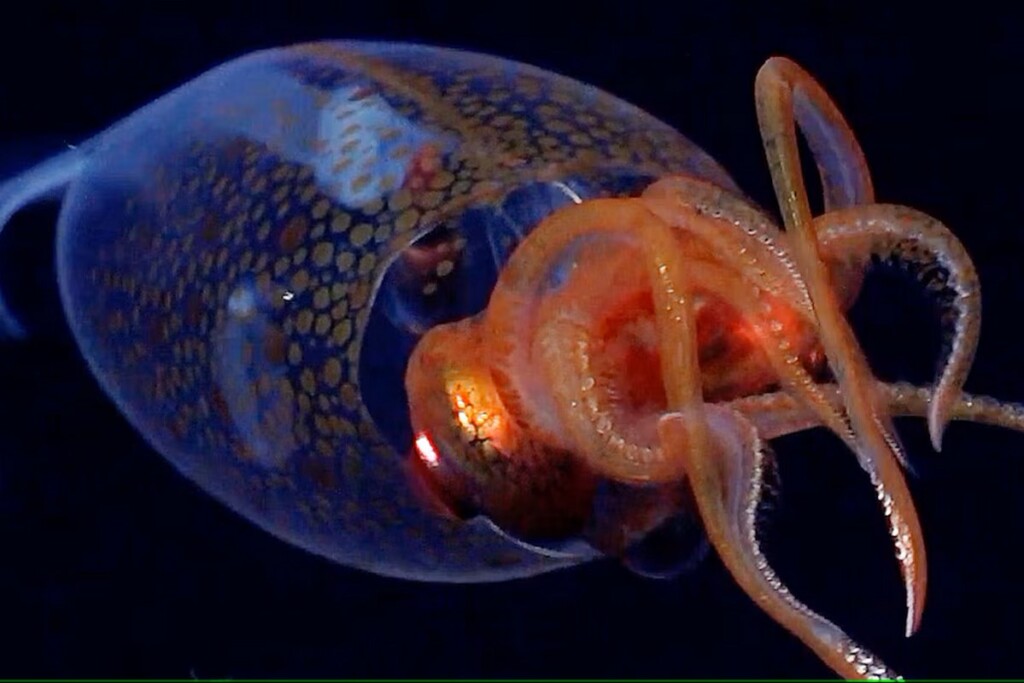
What makes this even wilder is how distant yet connected these two species are. While reef squids flit about in warm, shallow coral gardens, flashing their colors like aquatic peacocks, their monstrous relatives live far, far below in frigid, pitch-black waters—creatures of depth, shadow, and legend. The colossal squid isn’t just rare; it’s a biological ghost. Until now, we’d only seen them dead or dissected, never alive and doing… well, squid things.
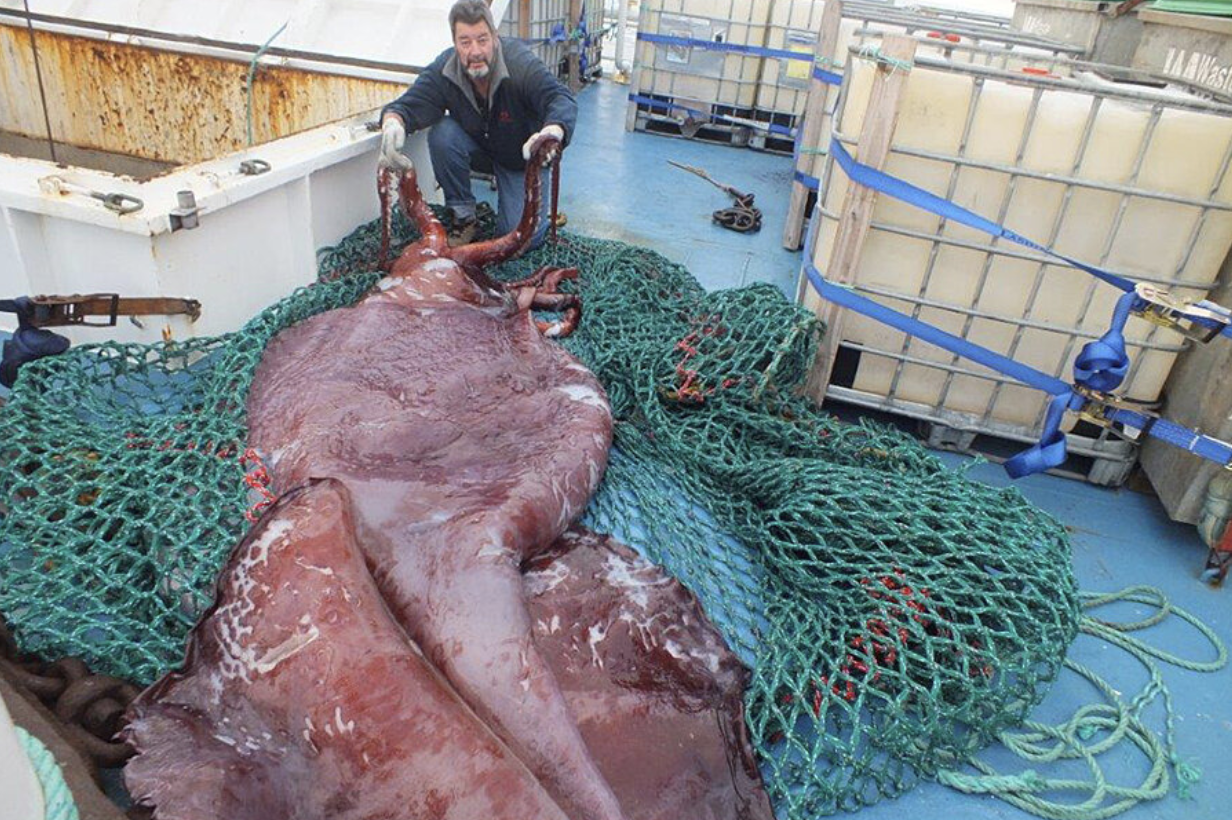
Let’s pause for some squid math. While Komodo’s reef squids weigh in at a few hundred grams, a full-grown colossal squid can tip the scales at 1,100 pounds, stretch up to 23 feet, and wield swiveling hooks on its tentacles—because regular suckers just weren’t scary enough. Oh, and the eyes? The size of dinner plates. Literal windows into the abyss.
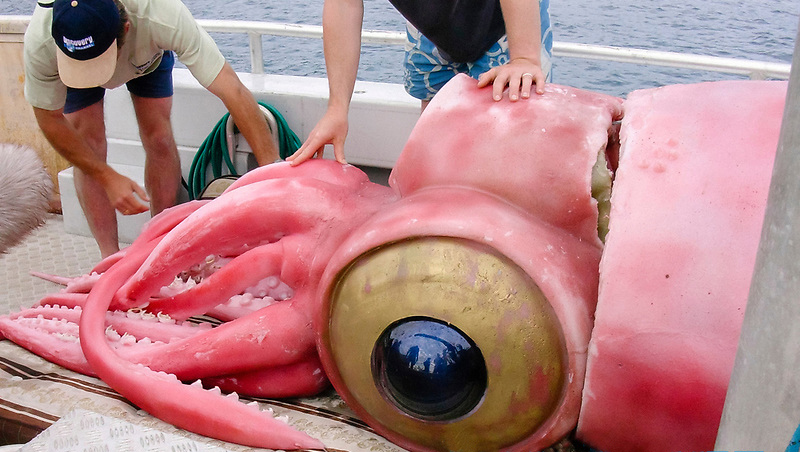
This unexpected footage gives us a rare peek into that world. It’s a reminder that we know shockingly little about our own oceans—just a sliver, really. And for a company like Everything To Sea, which celebrates the full spectrum of sea life, nature, and even naked vulnerability, it’s poetic. Whether it’s reef squids striking a pose in Komodo or a massive creature drifting through the Antarctic deep, there’s always more to uncover. Always more to see.

So next time you’re floating along the surface, laughing at a flamboyant little squid shooting ink in your direction like it’s offended by your snorkel, remember: somewhere in the dark, its colossal cousin is watching—with an eye the size of your head.
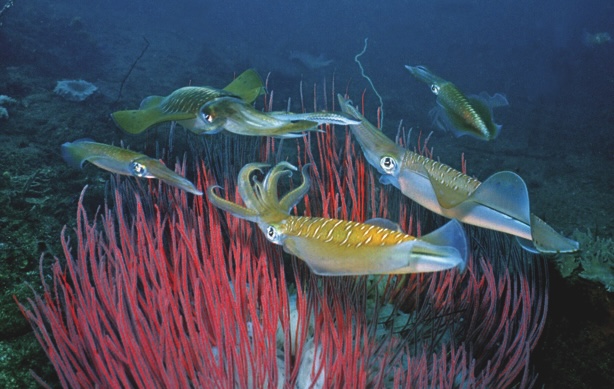
Have you ever spent time looking at marine life – perhaps snorkeling, or diving? If so, what’s an amazing memory of something you saw? (And if not… what’s keeping you from doing so?)

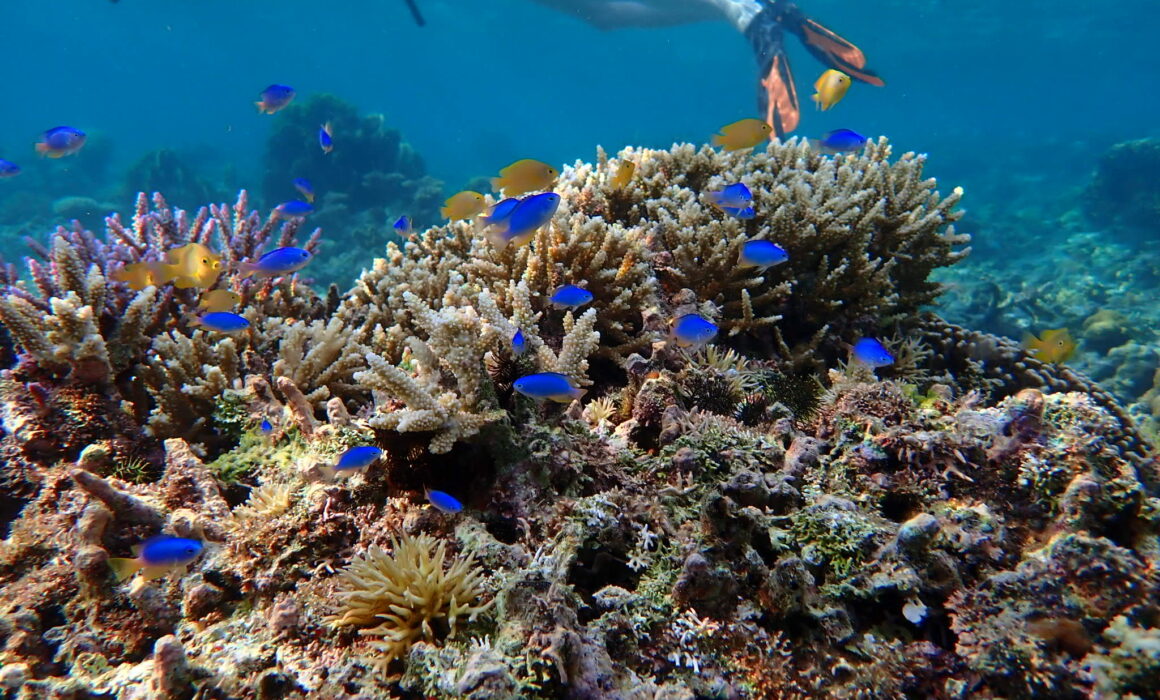
LOVE the site and hope to go on a cruise .
Hi Robert,
Thanks! We’d love to have you on our trips. It’d be fun 😉
Thank you for another great blog
Thank you Jerry!